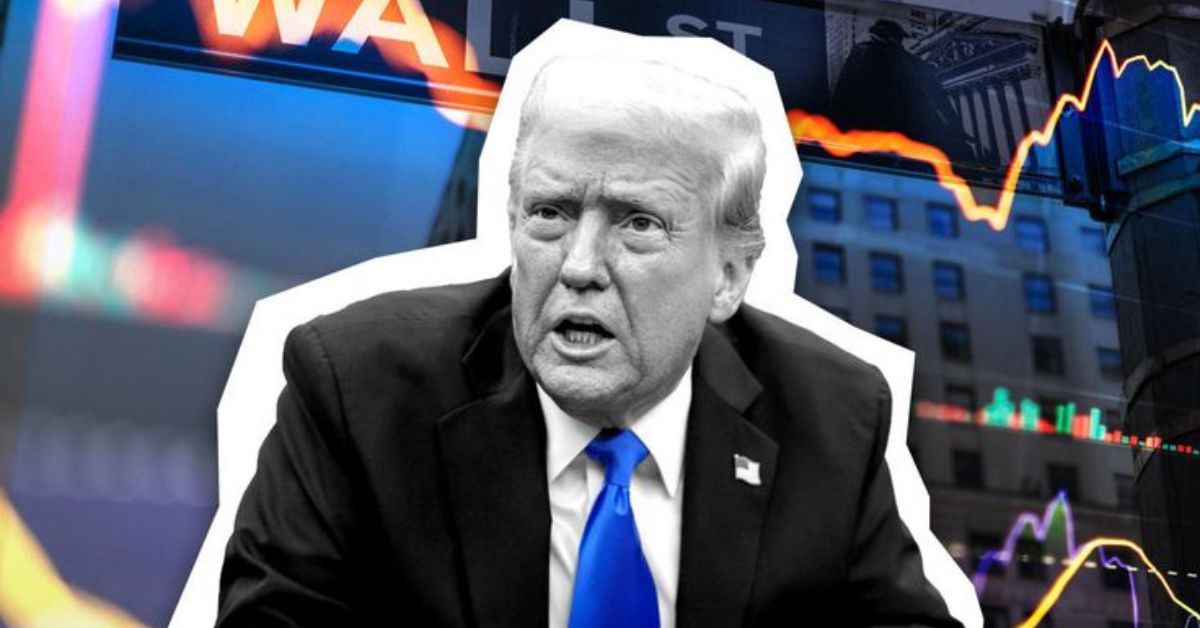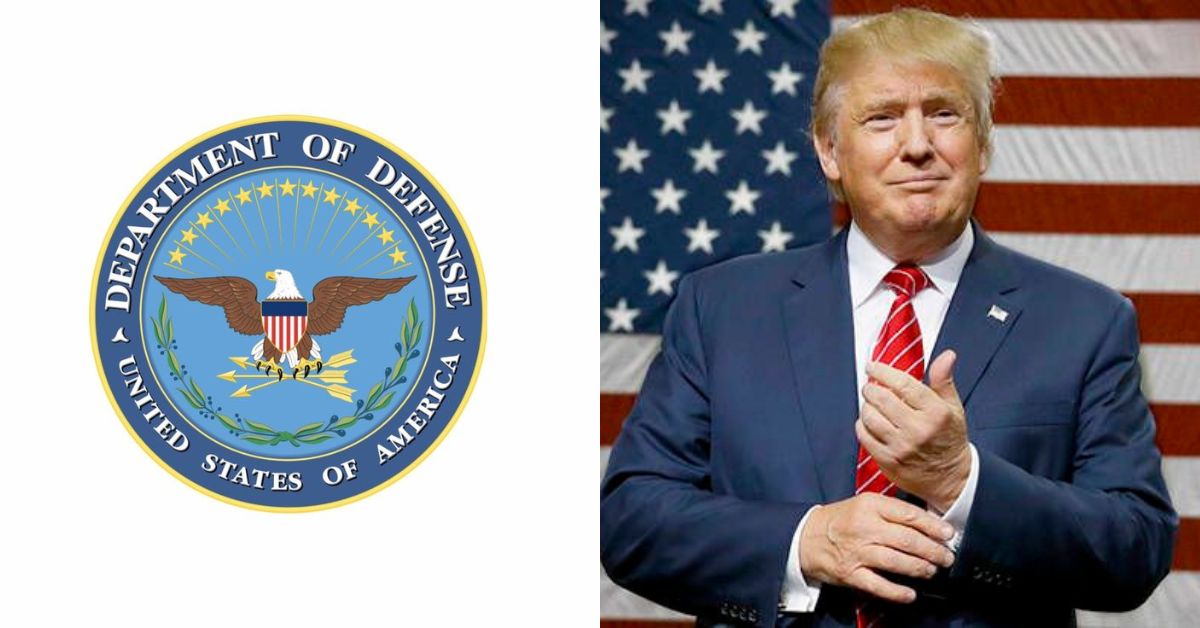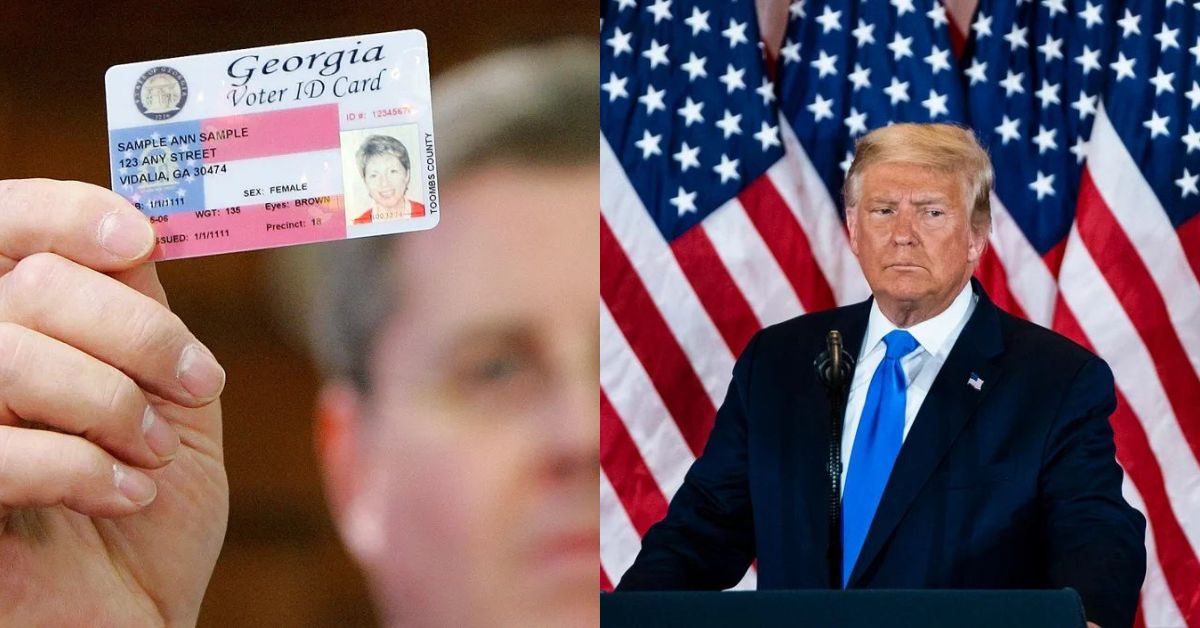On August 29, 2025, the U.S. Court of Appeals for the Federal Circuit in Washington, D.C., ruled 7-4 that most of President Donald Trump’s tariffs, imposed under the International Emergency Economic Powers Act (IEEPA), are illegal because they exceed the president’s authority and lack explicit congressional approval. The court found that the tariffs, including “reciprocal” tariffs on over 60 trading partners and specific levies on China, Canada, and Mexico, are “unbounded in scope, amount, and duration” and violate constitutional limits on executive power. The ruling, which upholds a May decision by the U.S. Court of International Trade, will not take effect until October 14, allowing the Trump administration time to appeal to the Supreme Court. Trump criticized the decision as “highly partisan” on Truth Social, warning it could “destroy” the U.S. economy, while White House spokesperson Kush Desai defended the tariffs as lawful. This significant legal setback for Trump’s trade policy, a cornerstone of his economic agenda, prompts a full impact analysis across state and local governance, national governance and politics, economy and trade, international relations, and people’s daily life and society.
Impact Analysis:
- Impact on State / Local Governance
- Budget uncertainty: States like California and Texas, reliant on trade-related revenue, may face fiscal planning challenges as potential tariff refunds could reduce federal funds allocated to local programs.
- Local business support needs: State governments may need to provide assistance to small businesses affected by tariff uncertainty, particularly in manufacturing-heavy regions like the Midwest, to stabilize local economies.
- Impact on National Governance & Politics
- Strengthened congressional authority: The ruling reinforces Congress’s constitutional power over tariffs, potentially prompting legislative efforts to clarify or limit executive trade powers.
- Political polarization: The decision could deepen partisan divides, with Republicans backing Trump’s appeal and Democrats supporting the court’s check on executive overreach, complicating trade policy reforms.
- Impact on Economy & Trade
- Potential tariff refunds: If the ruling stands, the U.S. may need to refund $142 billion in tariffs collected by July 2025, creating a financial burden and disrupting federal revenue projections.
- Market volatility: The uncertainty surrounding the tariffs, which contributed to a 1.6% S&P 500 drop on August 28, 2025, could continue to destabilize markets, particularly for industries reliant on imports.
- Trade deal disruptions: The ruling raises doubts about Trump’s trade agreements with the EU, Japan, and South Korea, potentially weakening U.S. leverage in ongoing negotiations.
- Impact on International Relations
- Weakened U.S. trade leverage: The ruling may reduce the U.S.’s ability to pressure trading partners like Japan and the EU into concessions, as they may delay or resist deals pending Supreme Court clarification.
- Strained relations with allies: Countries like Canada and Mexico, targeted by fentanyl-related tariffs, may push back against U.S. trade policies, complicating diplomatic efforts on issues like drug trafficking.
- Impact on People’s Daily Life & Society
- Potential price reductions: If tariffs are overturned, import costs could decrease, lowering prices for consumer goods like electronics and clothing, easing financial burdens on households.
- Economic uncertainty: Ongoing legal battles and market volatility could erode consumer confidence, potentially reducing spending and affecting retail and service sectors.
Latest Government Data / Stats
- Tariff revenue: U.S. Customs and Border Protection reported $142 billion in tariff revenue collected by July 2025, more than double the previous year’s amount, highlighting the fiscal impact of potential refunds. (Source: U.S. Customs and Border Protection, August 2025)
- U.S. trade deficit: The U.S. goods trade deficit was $1.02 trillion in 2024, with tariffs aimed at reducing deficits but increasing consumer costs by $1,200–$2,800 per household in 2025. (Source: U.S. Census Bureau, 2025)
Largest Impact Area: Economy & Trade The economy and trade sector will likely face the largest impact due to the ruling’s potential to disrupt federal revenue and global trade dynamics. The $142 billion in tariff revenue collected by July 2025, if refunded, could strain the U.S. Treasury, impacting federal budgets and economic stability. The ruling’s effect on trade deals with major partners like Japan and the EU, combined with market volatility evidenced by the 1.6% S&P 500 drop on August 28, 2025, threatens industries reliant on stable trade policies. The uncertainty surrounding Trump’s tariff strategy, a key economic tool, could also deter investment and raise costs, making this the most significant impact area.
Conclusion:
The federal appeals court’s ruling against Trump’s tariffs challenges his trade agenda, potentially lowering consumer costs but creating economic and diplomatic uncertainty. A Supreme Court appeal will likely shape future trade policy and executive power.
Author
-

Tyler Grayson brings global events to your screen with clarity, depth, and context. With a background in political science and international relations, Tyler covers diplomacy, global conflicts, climate issues, and major policy shifts with a balanced, facts-first approach. His reporting connects the dots between headlines and their real-world impact.







